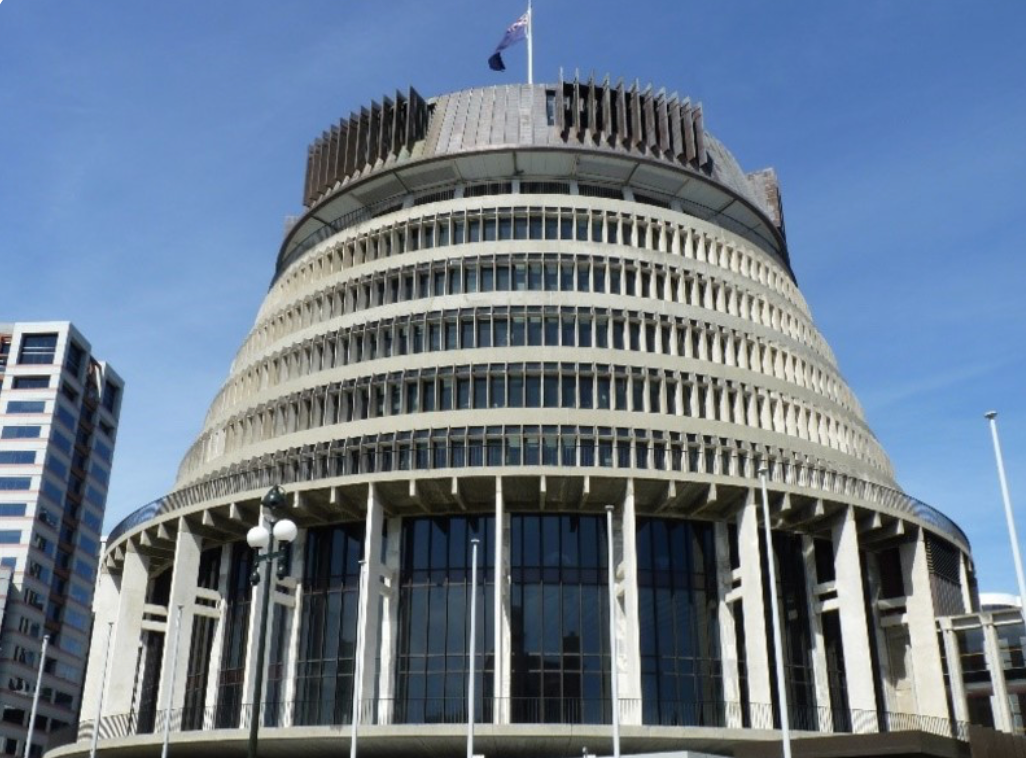The good, the bad and the downright ugly - and the present
Sarah Chambers • March 27, 2020
A guest blog by the Chair of Legal Services Consumer Panel

I am grateful to Crispin for inviting me to be a guest blogger. These are strange and worrying times, and I will say a few words at the end about the impact of the COVID-19 crisis on legal service users.
My role as Chair of the Legal Services Consumer Panel
is to ensure that consumers are placed at the heart of regulation. This means working closely with regulators as they develop their regulatory policies or implement their ideas; advising and challenging them, and being that critical friend that holds up a light to how consumers are experiencing the legal services market. But every so often the Consumer Panel has to stop and ask itself some challenging questions too – is it working? Are we making a difference? For all our prodding and pushing and challenging and advising - is it actually making any difference to the sector and to their clients?
Many years ago, in a bid to answer the questions above the Panel devised a test. First, we set out a clear vision for the sector against the backdrop of the Legal Services Act 2007. Then we designed strong indicators to test whether the sector was moving closer to our vision of a sector that is responsive to consumers’ needs, placing consumers at the heart of regulation and delivering high-quality advice.
The last time we assessed the sector against our vision was in 2014. But in 2016, after the Competition and Markets Authority
(CMA) found the legal services market wanting, we committed to reassessing the sector in 2019/20
to coincide with the CMA’s re-assessment
of the sector later this year.
What we found
The (Relatively) Good
There has clearly been progress. Our data shows that more consumers are shopping around. In 2014, 24% of consumers shopped around, rising to 28% in 2019. The sector should not be self-congratulatory about this slight increment, it is not enough. But we are hopeful that the recent transparency measures prescribed by the regulators will begin to embed. And as costs become comparable, consumers will, we hope, respond positively by shopping around some more.
One area we do congratulate providers on is the availability of fixed fee arrangements. It is good news that 51% of consumers are now procuring their legal services on a fixed fee basis. These arrangements allow consumers to predict cost and plan their finances. In a climate where more and more consumers are paying for their own legal services, it is even more crucial that they can plan accordingly. But the availability of fixed fee arrangements varies between different areas of law. It is patently clear that some areas, such as family law, would benefit from more fixed fee arrangements.
In 2016 the Panel published a report that showed that the reductions in legal aid mean that most private law children and family cases are now out of scope for legal aid assistance. But the need is still there. Some may argue that this is a direct result of social policy decisions out of regulators’ scope, but I see it differently. The question for all of us is whether the market can adapt to fill the gaps. Regulators need to be creative in their responsibilities for promoting access to justice. They should be asking themselves a number of questions. Are there regulatory barriers impeding access to justice? Are we flexible enough on delivery modes or alternative services? Can paralegals or technology-supported arrangements offer more types of service, perhaps at lower cost? Can we revisit the use of unbundled legal services to reduce cost? What about flexible payment plans for some services?
I started off by making a point about the need to focus attention on fixed fees in specific areas of law, such as family law. It is telling that there is a high number of complaints about cost, relating to family law, coming to the Legal Ombudsman. We picked up on this in 2016. At the time we asked whether regulators could explore whether there were regulatory barriers to widening the range of cases on a fixed fee basis in this area. Our recommendation stands.
The Bad
The Panel found that there is still very little information on quality indicators and little progress towards making it available. This makes it difficult for consumers to make informed decisions when choosing a provider. Without quality indicators, there is a danger that consumers will place too much emphasis on price at the expense of other important factors.
Regulators have not yet risen to the challenge of making this information available. So where should we start? We must start with strong leadership from the Legal Services Board as oversight regulator, and with the CMA when they return to assess the sector this year. One thing I know for sure, not much will change without intervention, direct intervention by either the LSB or the CMA or both.
The downright Ugly
The current regulatory framework is ugly. That really is just calling a spade a spade. Consumers have to navigate their way around the maze that is legal services regulation, with duplication in regulatory structures that contribute to higher cost for consumers, inconsistencies in policy and practice across regulators that cause confusion, and some high risk areas where there is little or no regulation or protection for consumers, nor an opportunity to seek redress when things go wrong.
While this report does not address the suitability of the regulatory framework, it is clear that the complexity of the framework has a worrying effect in a number of the areas we assessed. As one small illustration of this: a table in our draft report designed simply to assess whether regulatory boards now had an independent lay majority had to be deleted from the final version because it turned into a maze of navigating the regulatory structure and the individual quirks of the regulatory bodies.
We hope that Professor Stephen Mayson’s extensive review
into the regulatory framework highlights this issue better than we could have done in this report. Not least because it is consumers who ultimately pay for regulatory complexity, overlap and arbitrage.
Back to the Present
But all of this may seem to be rather remote in a time of real crisis. The immediate public concern is rightly about health issues and how we can mitigate the physical suffering as much as possible. But those of us with concerns about the law and access to justice must also start thinking creatively and constructively about how those with urgent legal issues can be well served by legal providers and their regulators in these strange times.
Sarah Chambers
Chair, Legal Services Consumer Panel

The Legal Tech Fund ran the best event for innovators int he legal market that I have found. TLTF 2023 was a a great opportunity to learn new things but best of all were the connections made and friends seen. These enabled new discussions and deeper debates about technology, capital deployment and liberalisation. TLTF 2024 is just one year away - I'm already excited.









